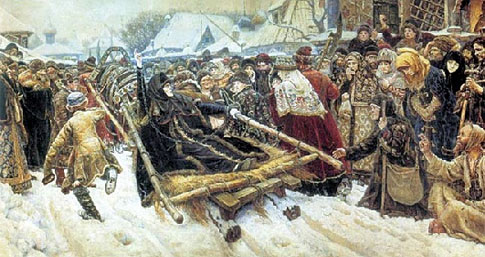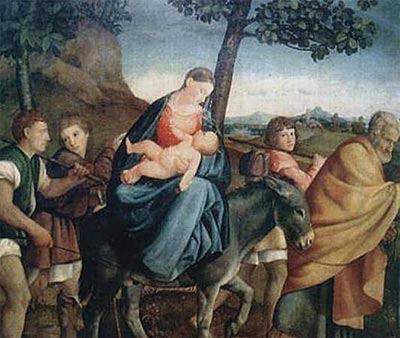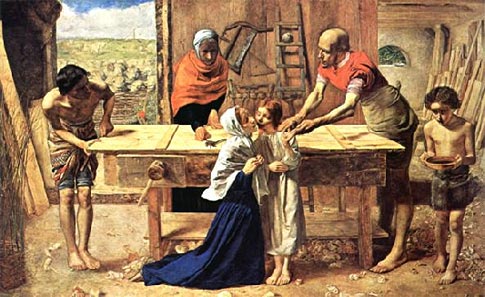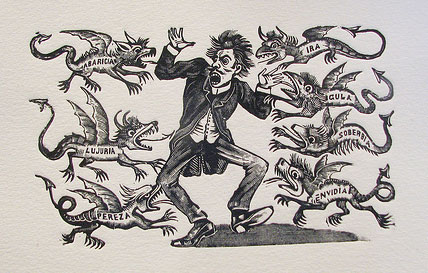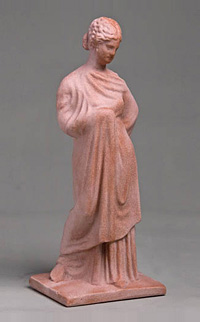good school
Paul Gauguin – “the world of Tahiti”
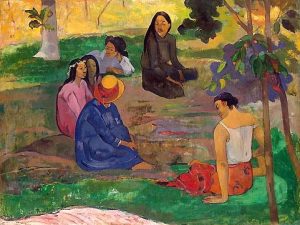 When you get to the hall where the paintings of Gauguin hang, you find yourself in a special world of images, mysteriously flickering colors, slow rhythms. Everything here is unusual – the sky is golden, the earth is red, yellow, pink. There is solemn peace throughout.
When you get to the hall where the paintings of Gauguin hang, you find yourself in a special world of images, mysteriously flickering colors, slow rhythms. Everything here is unusual – the sky is golden, the earth is red, yellow, pink. There is solemn peace throughout.
Stuck in motionless poses near the huts of the woman, not moving, a fisherman sitting by the boat, squatted mother with a child. The monumental figures of people are connected with nature and seem to be a part of it. Continue reading
Caravaggio – “an excellent rival of nature”
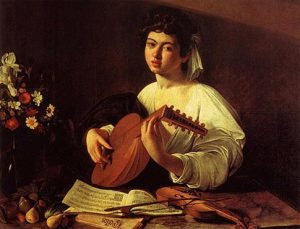 At the turn of the XVI – XVII centuries in Italy, famous for great painters, poets, scientists and humanists, a very peculiar artist appeared. His paintings caused a genuine sensation. Noble signorers and common people, artists and art lovers, clergymen and numerous multilingual wanderers, who filled the Eternal City during the great holidays, were eager to see them. Connoisseurs of art of that time praised the masters and talked about creations that were truly extraordinary and unique in their own way. They simultaneously cursed him as a person. Continue reading
At the turn of the XVI – XVII centuries in Italy, famous for great painters, poets, scientists and humanists, a very peculiar artist appeared. His paintings caused a genuine sensation. Noble signorers and common people, artists and art lovers, clergymen and numerous multilingual wanderers, who filled the Eternal City during the great holidays, were eager to see them. Connoisseurs of art of that time praised the masters and talked about creations that were truly extraordinary and unique in their own way. They simultaneously cursed him as a person. Continue reading
